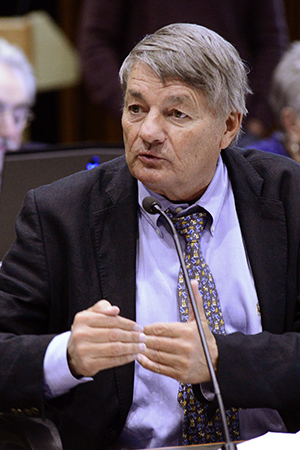"The Problem of Time in Climate Change Ecology"
Dr. Elizabeth Wolkovich | Wolkovich Lab
Bio:
Elizabeth Wolkovich is an Associate Professor in Forest and
Conservation Sciences and Canada Research Chair at the University of British Columbia. She runs the Temporal Ecology Lab, which focuses on understanding how climate change shapes plants and plant communities, with a focus on shifts in the timing of seasonal development (e.g., budburst, flowering and fruit maturity)---known as phenology. Her lab both collects new data on forest trees and winegrapes and collates existing data to provide global estimates of shifts in phenology with warming from plants to birds and other animals, and to understand how human choices will impact future winegrowing regions. Her research benefits from an interdisciplinary team of collaborators from agriculture, biodiversity science, climatology, evolution and viticulture, as well as from shared long-term datasets from across North America and Europe.
Abstract:
Forty years ago ecology became increasingly focused on spatial structure and pattern, as researchers realized how fundamentally habitat loss and fragmentation reshapes populations and communities. A generation later, with spatial ecology firmly established as a cross-disciplinary, multi-scale field, anthropogenic climate change has forced ecology to revisit the importance of time. As warming stretches growing seasons around the globe, populations, species, communities and ecosystems are responding in turn. In this talk I outline two major challenges of temporal ecology with anthropogenic warming: stretched time and accelerated time. Focusing on
plant phenology I show how longer growing seasons may re-assemble communities: first I focus on examples from invasion biology then I build to a more general theory. Next I show how how warming may make many biological processes that are dependent on thresholds appear to slow as warming continues. This is because warming accelerates biological time while calendar time stands still. I close by reviewing preliminary results that merge phenological cues with trait ecology to show that forests may assemble via their spring phenology.
Watch the seminar here!

